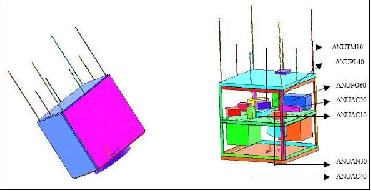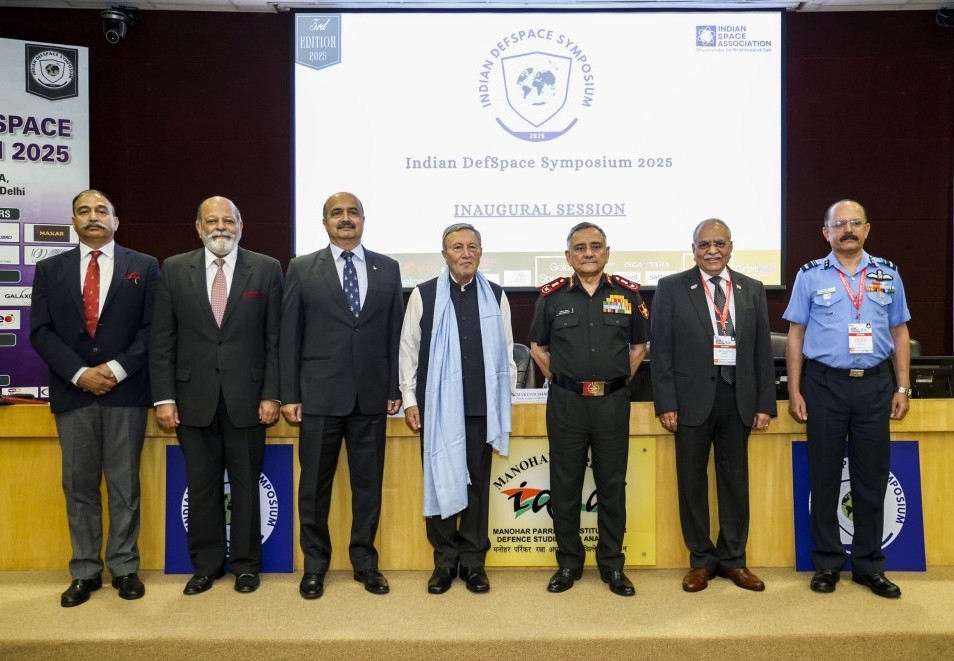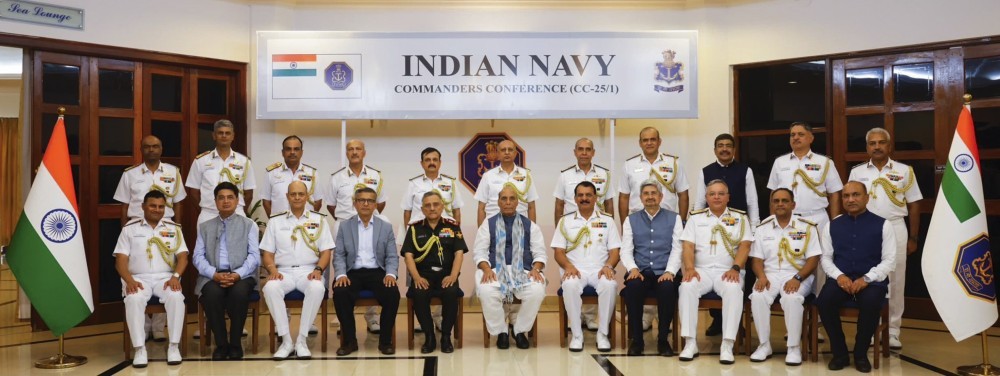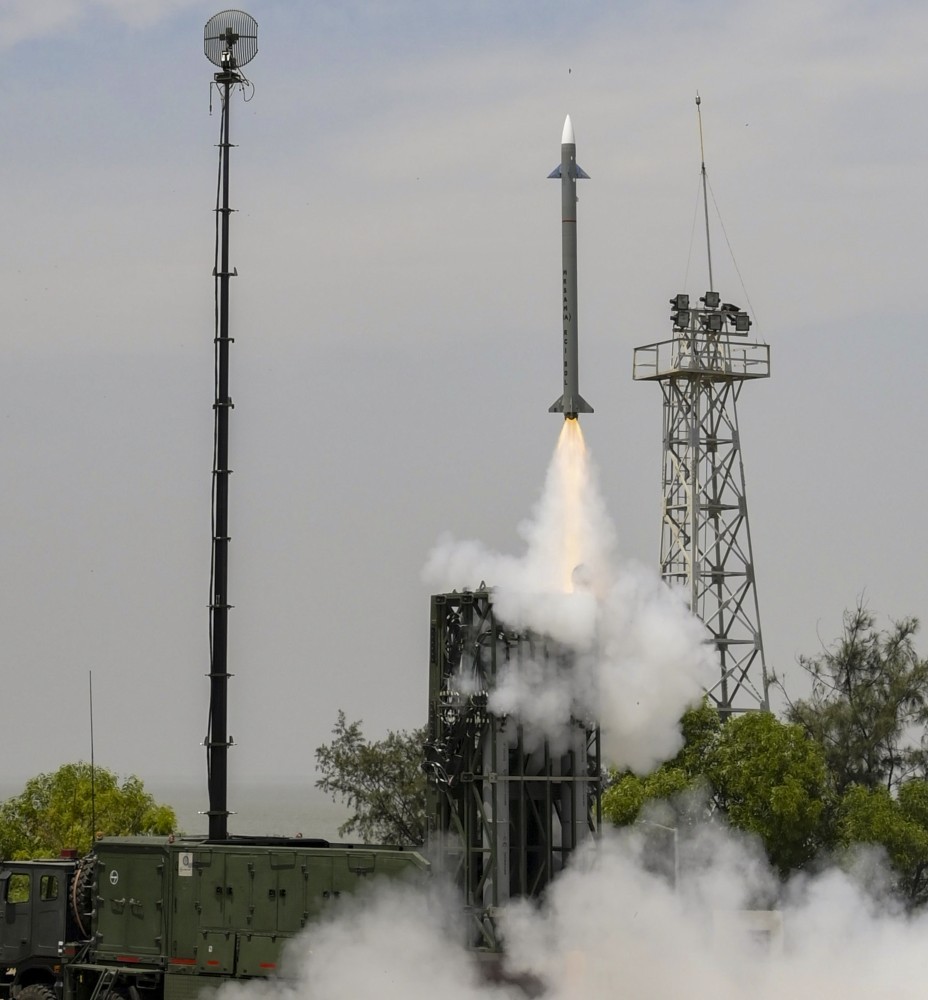
Illustration of ANUSat (left) and internal configuration (right). ISRO image
BANGALORE (PTI): After the successful Chandrayaan-I moon mission, Indian Space Research Organisation is now getting ready for a twin launch - a "breakthrough" Radar Imaging Satellite (RISAT) and ANUSAT.
Bangalore-headquartered ISRO is targeting a March last week date for launching them on board the indigenously built Polar Satellite Launch Vehicle from the Sriharikota spaceport.
Indian space scientists see the 1,780-kg Risat as a major milestone for the country as far as remote sensing satellites are concerned. RISAT mission would have a C-band Synthetic Aperture Radar (SAR) payload, operating in a multi-polarisation and multi-resolution mode.
SAR, being an active sensor, operating in the microwave range of electromagnetic spectrum, provides the target parameters such as dielectric constant, roughness, and geometry, and has the unique capability for day-night imaging, and imaging in all weather conditions including fog and haze, and also provide information on soil moisture.
"So far, all satellites launched by ISRO are optical remote sensing satellites. But RISAT will have all other capabilities," ISRO spokesperson S Satish told PTI.
RISAT is capable of taking pictures during night as well and even in cloud-covered conditions, an expertise Indian remote sensing satellites did not have previously.
 Previous Article
Previous Article Next Article
Next Article













The Indian Air Force, in its flight trials evaluation report submitted before the Defence Ministry l..
view articleAn insight into the Medium Multi-Role Combat Aircraft competition...
view articleSky enthusiasts can now spot the International Space Station (ISS) commanded by Indian-American astr..
view article